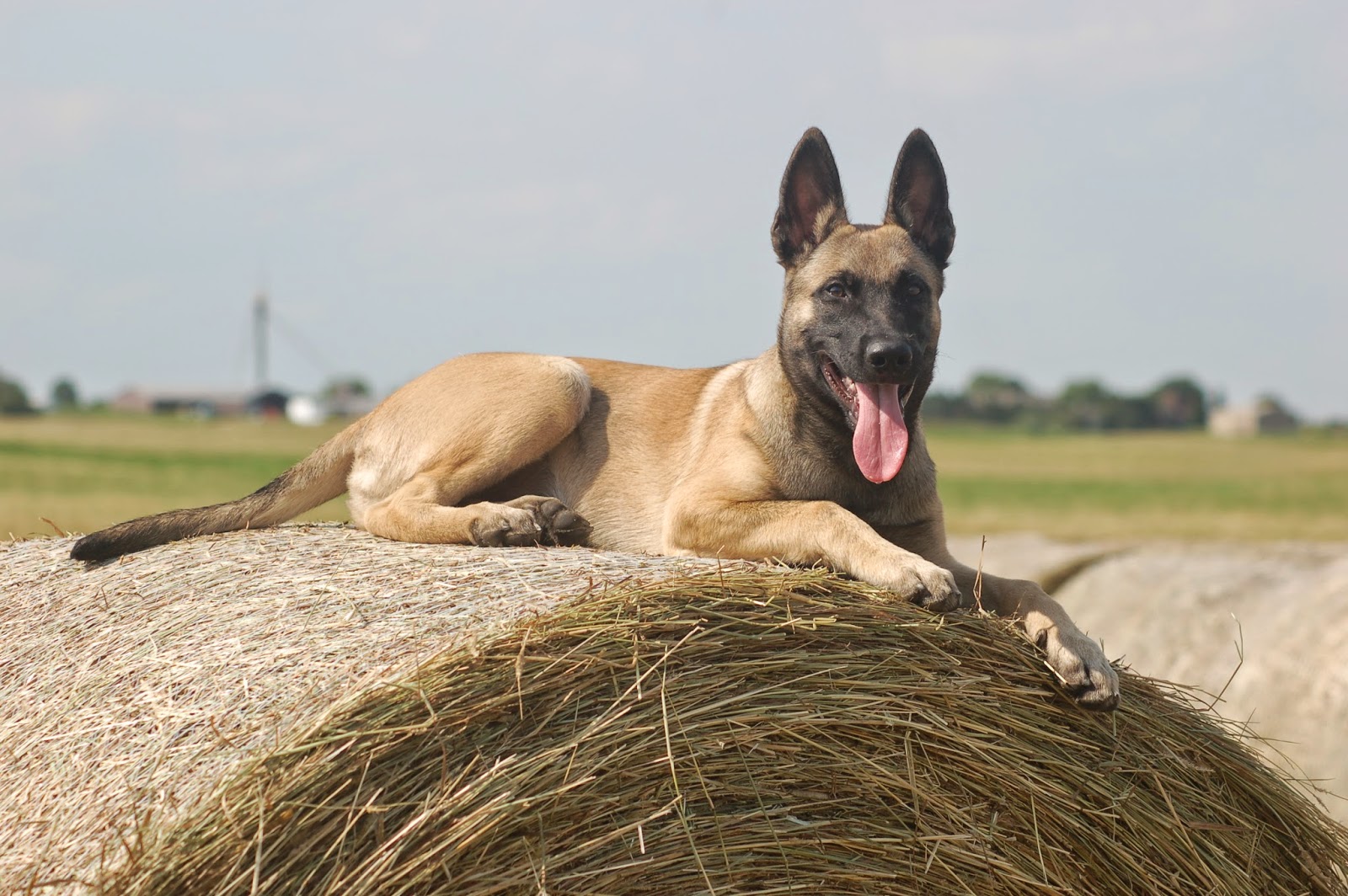 |
| CCPROTECTIONDOGS.COM |
Canines are, by nature, very social animals. They often enjoy the company of other dogs, and are able to establish a social structure between themselves without human interference. However, your resident canine may not be used to having other dogs as house-mates. If this is the case, introducing a new puppy into the home may be problematic.
Preparation is the most important step in introducing a new puppy into the home. The first impressions between your new pup, and your resident dog can mean the difference between a smooth transition or the start of a long series of headaches. Resident dogs being over-protective of the home or their belongings can be one of the biggest problems in introducing any new dog into the home. In order to avoid this, it is a good idea to introduce the dog to your new puppy in a neutral environment, such as a park. Be careful not to use a park where you frequently take your dog for walks, as it may feel territorial over this area as well. Be sure to have a second handler with you, as holding both leashes yourself will make the dogs feel forced upon each other. Do not hold the puppy during the initial meeting, as this may make it feel trapped. Let the dogs approach each other at their own pace. It is also extremely important to purchase separate food bowls and arrange separate sleeping areas in advance. Forcing your dogs to share food bowls or beds is simply asking for disaster.
When it comes time to bring the new puppy into the home, make sure you've prepared the space where they will meet for the smoothest possible introduction. Clean up the area so that the dogs do not feel anxious by excess clutter in the home. The area where they meet inside the home should not contain any food bowls or toys that the resident dog may feel protective over. It is also best to avoid putting the two in small or confined areas where they may feel trapped. Providing that the initial meeting in the park has gone well, you may walk both dogs into the home as if it were a regular routine. Let your resident dog off its lead first, and let the puppy explore the area while still on lead.
If, at any time, you notice signs of aggression, you should separate your dog and the new puppy immediately. Do not, under any circumstances, let your dogs fight. Be aware that your resident dog may show behavior similar to that of dogs in a parental role, such as nipping at the puppy's neck. This is very different from aggressive behavior, and should be permitted.
Whether you have a new Belgian Malinois Puppy, Dutch Shepherd puppy, or German Shepherd puppy, taking the proper precautions and ensuring a smooth introduction will help your new puppy and your resident dog from a positive relationship that will last for years to come.
No comments:
Post a Comment